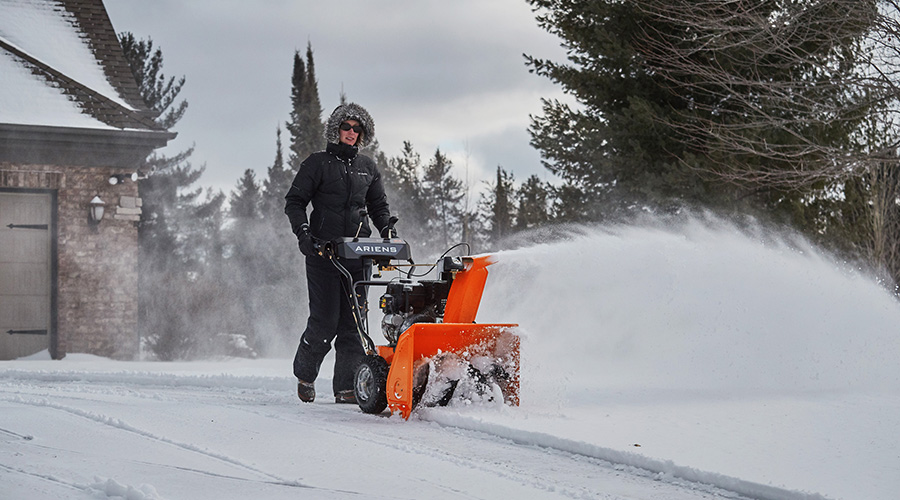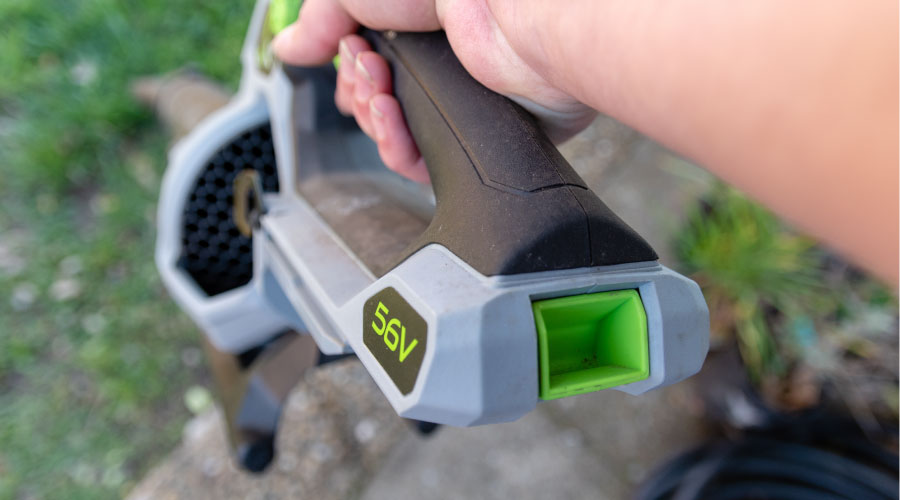Turf Conversions Generate Rebates, Conserve Water
In 2003, UNLV set a goal to reduce outdoor water use 25 percent by 2010. The SNWA also set strict water restrictions in 2003, which encouraged the grounds department to tackle turf conversions more aggressively. The university has moved beyond its 25 percent goal for 2010 and has decreased water use by more than 30 percent. Numerous projects that have removed anywhere from 5,000-100,000 square feet of turf have accounted for most of the water savings, and installing more efficient irrigation systems also has saved water.
"If you're committed to reducing (water use), there's a way to get it done," Lynn says. "You can adjust your work load and adjust your schedule. The outdoor water use — the output by those irrigation heads — it adds up real quick. We hit some large areas of turf."
While using light-construction equipment to complete turf conversions does not seem like a green initiative — the equipment requires fuel to operate and produces emissions and noise — consider the amount of water the university saves by installing xeriscapes or hardscape elements, such as pave-stone walkways.
The SNWA estimates organizations can save 55 gallons of water per square foot by converting turf to xeriscapes, Lynn says. Multiply that amount by the 1 million square feet of turf the department has converted, and UNLV has saved more than 55 million gallons of water with its turf-conversion program.
"If the lawn area is not being used a lot by the students, then I don't see it as essential to campus," Lynn says. "But I have main malls ... that give the campus a park-like atmosphere. I don't see going into those areas (to remove turf) and affecting the overall aesthetics of the campus itself in the central malls. The areas where we're talking about turf conversion are outlying areas."
Related Topics:














